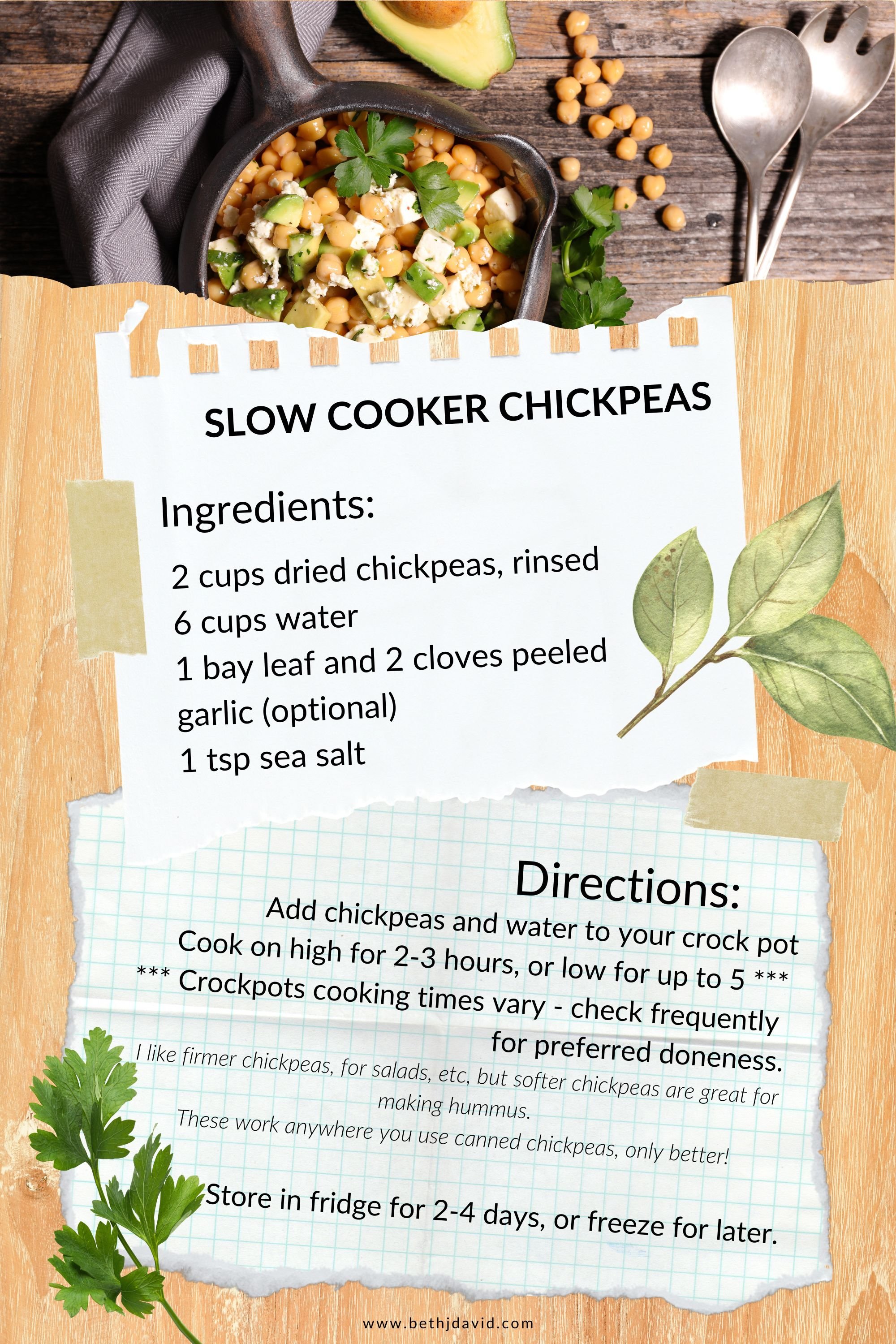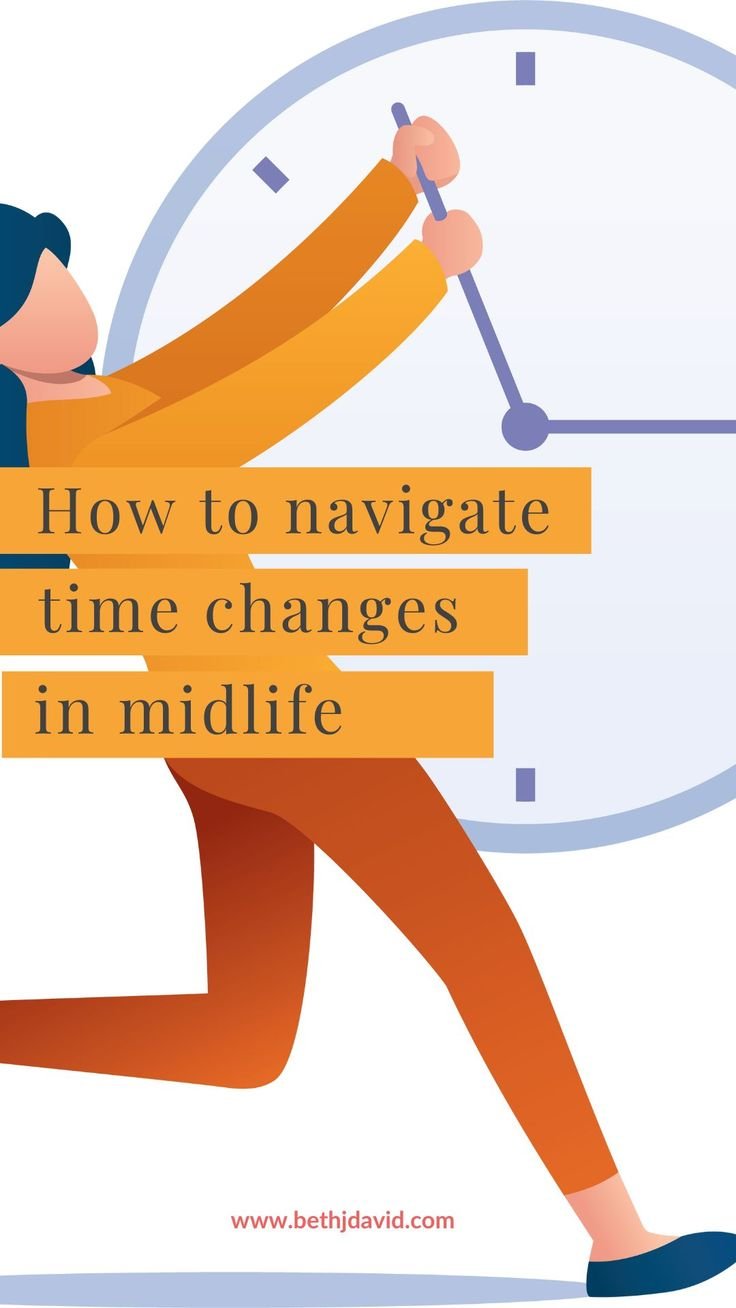How not to get stuck in the kitchen (when it’s hot or any other time)
Eating in the summertime feels so fun and easy … unless you’re the one doing all of the cooking!
Summertime can present us with endless and effortless food possibilities.
First, there’s an abundance of fresh, local foods. Next, you have the delicious choice of where to eat; lingering over your meal on a patio or grabbing something to go and enjoying it on a quiet park bench. Maybe you start your day with the birds, enjoying an early breakfast outside, or you’re pushing dinner off later than usual so you can take in every last bit (and bite) of those late summer evenings.
What to eat, where and when - we’re spoiled for choice in the summer months.
But as temperatures outside go up, our appetites often go the other way.
A decreased appetite in hot weather is one of the many ways our bodies adapt to the environment around us.
Our bodies slow things down in the heat, so they can prioritize cooling over digestion. (And I think that’s pretty cool! - no pun intended!)
But the funny thing is, our nutritional requirements don’t significantly change in warmer weather. And that includes our need for protein!
As the heat turns us to lighter, refreshing foods like salads, veggies and dip or fruit bowls, we easily meet our needs for carbs and healthy fats, but protein requirements can get overlooked..
Getting adequate protein throughout the day is especially important for women in mid-life.
If you’re serious about keeping your cravings in check, having steady energy all day long, and supporting your bone and joint health (so you can keep up with everyone around you), it’s important not to skimp on the protein.
When the hot weather makes you less hungry, when you’re more inclined to grab a slushy or a salad, it's even more important to have nutrient dense, protein-rich foods ready to eat, with a minimum of kitchen time.
After all, who wants to miss out on the summer fun spending time in the kitchen?
So how do you meal prep on hot days, and make sure you’ve got balanced meals ready to go for the week, without spending hours overheating in your kitchen?
FOCUS ON THESE 3 THINGS:
1. Build your meals and snacks around protein-rich, nutrient dense foods that don’t need cooking.
These are some of my go-to’s:
chickpeas
lentils
mixed beans
tinned fish: tuna, mackerel, sardines
smoked fish:salmon, trout, oysters
hard cooked eggs
shelled edamame
cottage cheese
Greek yogurt
nuts/seeds
2. Think beyond the oven or bbq to cook your food.
Slow cookers aren’t just for soups and stews! Check out the recipe below for slow cooker chickpeas.
Air-fryers and Instant pots are great low-heat options that can cook food quickly. And don’t overlook the good ‘ole stovetop for cooking your grains and rice. Make a double batch once and you’ll have enough for a few days, without adding extra heat to your kitchen.
3. Ready made foods can be your friend.
Think rotisserie chickens, oven-roasted deli meats and pre-made salads. Eating this way is more expensive than DIY, but still cheaper than takeout or a restaurant, and it cuts down on your kitchen-time!
A SIMPLE MEAL PREP PLAN:
Start your weekly prep by choosing 2-3 protein options that will be the basis for your week (rotisserie chicken, chickpeas, edamame or hard cooked eggs, for example. (That was 4 things, but you get the gist.)
Round out your prep by making a couple of grains, like quinoa or brown rice.
Always have a mix of washed and chopped veggies ready to add raw on top of salads, steam or enjoy with dips, like hummus.
Bonus prep tip: make a couple of quick dressings from scratch, to top your salads and bowls. (my go-to’s are a simple balsamic vinaigrette and a creamy lemon-tahini dressing)
Now you’ve got everything you need to build a variety of quick and delicious lunches and dinners, so you can spend more time doing the things you love!
Tips for cooking dried beans in your slow cooker
Use this method for chickpeas or any other dried bean you have such as black beans, navy beans, pinto or adzukial beans, but NOT LENTILS.
Unless you’re using red kidney beans, there’s no need to soak ahead of time. For red kidney beans, soak 20 min, then drain and rinse well.
Add whatever aromatics you’d prefer, but not needed. Try garlic, onion, bay leaf, thyme or oregano.
For your first batch, check every 20 minutes or so. All crockpots are different, and cooking times will vary based on variety and freshness*
* If your beans are older than 1 year, soak overnight for a quicker cooking time.
If freezing, freeze your cooked beans separately on a sheet pan first so they don’t all clump together, then portion and freeze in a labelled airtight container.
Keep in fridge for up to 4 days or freeze for up to 3 months.
For more healthy eating tips and simple recipes sign up for my newsletter here!





